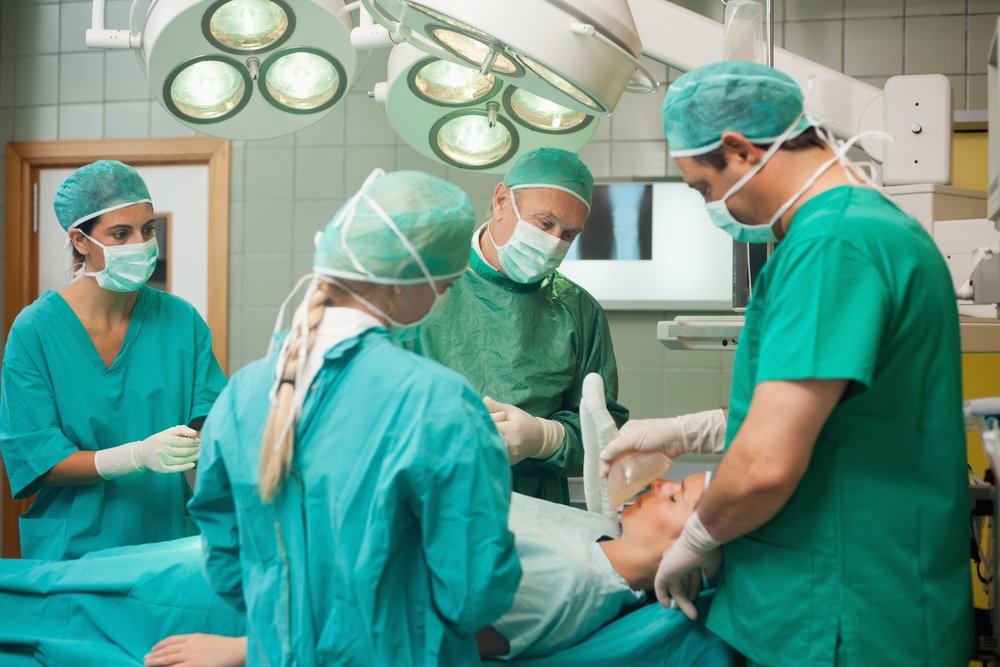Again, cases with a history of depression, those who were treated with opioids on the day previous to discharge, or cases whose race wasnon-black andnon-white were more likely to admit an opioid tradition at discharge.
According to a recent study, numerous cases who suffer heart surgery will not have to take opioids as a pain drug after they get discharged from the sanitarium.
The exploration has been published in’The Annals of Thoracic Surgery Journal’.
“In some cases, cases assume that after surgery, especially a big operation like cardiac surgery, that they will need to go home with tradition pain drug,” said CatherineM. Wagner, MD, from the University of Michigan in Ann Arbor.
“This study shows that discharge without opioid pain drug after cardiac surgery is extremely well permitted by some cases. In other words, we shouldn’t be reflexively defining pain drug to people after surgery just in case they need it,”she added.
Dr Wagner and associates examined data from 2019 for cases who passed coronary roadway bypass grafting (CABG), heart stopcock surgery, or a combination of those operations via standard sternotomy (a perpendicular gash in the centre of the casket) at 10 centres sharing in the Michigan Society of Thoracic and Cardiovascular Surgeons Quality Collaborative.
The experimenters plant that further than one-fourth of cases (547/1, or 28 per cent) didn’t admit an opioid tradition at the time of discharge. Cases who were aged, spent further time in the sanitarium after surgery, or who passed surgery and were discharged during the last 3 months of the study period (October-December) were more likely than other cases to leave the sanitarium without an opioid tradition.
Again, cases with a history of depression, those who were treated with opioids on the day previous to discharge, or cases whose race wasnon-black andnon-white were more likely to admit an opioid tradition at discharge.
Importantly, discharge without an opioid tradition appeared to have been well- permitted, as smaller than 2 per cent of cases latterly needed a tradition after their discharge and before their 30- day follow-up appointment.
“This study’s findings should give cases with consolation that postoperative pain can be managed withnon-opioid pain specifics at home,” said Dr Wagner.
The experimenters also plant that among the 909 cases who didn’t take any opioids on the day before discharge, 415 (46 per cent) still entered an opioid tradition at discharge.
“One should consider if these opioid conventions were truly necessary for case pain relief,” said Dr Wagner.
“Our study shows that, particularly for cases who didn’t take any opioids on the day before leaving the sanitarium, discharge without opioids is safe. I suppose we need to insure that only cases who truly need opioids get transferred home with a tradition,”she added.
Opioid dependence continues to take a major risk on lives in the US. Further than 70 per cent of overdose deaths in 2019– further than deaths– involved opioids, according to the US Centres for Disease Control and Prevention (CDC). In 2021, further than Americans failed of medicine overdoses (28.5 per cent increase from the time before); the CDC reports that the main motorist of these deaths was opioids.
“For decades, surgeons have unwittingly but mainly contributed to the opioid epidemic,” said ThomasE. MacGillivray, MD, from Houston Methodist in Texas, who wasn’t directly involved in this exploration.
“No bone wants any case to be discharged home after surgery without acceptable pain relief. With the stylish intentions to help relieve pain and palliate anxiety about pain, discharge practices have constantly erred on the side of defining too numerous rather than too many narcotic pain capsules. We’ve learned that numerous of the unused, unwanted anesthetics end up in the community. This veritably important study will help surgeons identify cases who may comfortably be discharged home without anesthetics,”he added.
Dr Wagner explained that previous to the fairly recent mindfulness of the opioid epidemic, cases frequently would be specified 50 to 100 opioid capsules after surgery for colorful reasons. Unconnected exploration has shown that leftover drug may be diverted into the community, contributing to the opioid epidemic.
“With increased attention on the inordinate prescribing of opioids for pain treatment after surgery, public sweats similar as defining guidelines and patient education programs have begun to help limit gratuitous opioids in the community and drop the pitfalls of developing new patient opioid use in cases,”she said.
Moving forward, the experimenters plan to concentrate on icing that only cases who truly need opioids are transferred home with a tradition, while also barring” just in case” conventions that leave gratuitous opioids in communities and put cases and their family members at threat from the opioid diversion.
“It’s important to balance excellent pain control while limiting gratuitous opioids. We’re still learning how to stylish find this balance for our cases and recommend that cases always work nearly with their croakers/ provider brigades to decide what’s stylish for them,” said Dr Wagner.

